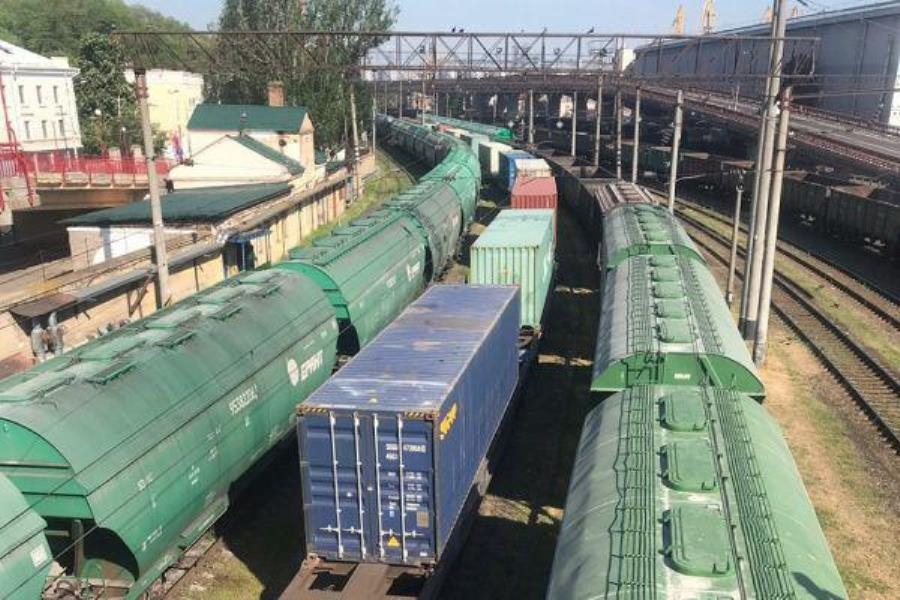Collapse on the western border and multi-kilometer queues of wagons and trucks

Due to the only partial restoration of sea ports on the western borders of Ukraine in the direction of the EU, multi-kilometer queues of wagons and trucks were formed. Neighboring countries cannot accept significant volumes of Ukrainian grain, which used to be sent from ports and are now transported by rail, because they do not have a sufficient number of wagons under the European track, locomotives and crews.
As of August 31, 541 wagons with grain, which were loaded back in April, are in the queue. In July, the queue of wagons with grain decreased by 15% from 11,713 to 9,994 wagons, with oil - it increased by 10% from 777 to 855 wagons, with meal - from 651 to 796 wagons.
But if in July the border crossings let through 905 thousand tons of grain, then in August - only 805 thousand tons. The Vadul-Siret crossing is the busiest, from where cargo goes to the Romanian port of Constanta. Of the 3,100 wagons available at Ukrzaliznytsia, 2,436 remain abroad, of which 1,250 are in Vadul-Siret. 1,400 narrow-gauge trolleys are allocated for this crossing, but there are only 64 trolleys available for both freight and passenger cars.
In Ukrzaliznytsia, they say that queues are formed due to foreign carriers who confirmed the transportation, but could not accept the cargo. Therefore, planning now takes into account how the carrier absorbs wagons, thanks to which the queue has decreased to 20,000 wagons compared to 43,000 in May.
The situation at road crossings is also catastrophic. At the Jagodyn checkpoint, the queue in the direction of Poland reached a record 50 km, at other points it exceeds 20 km. The reason is the slow work of the Polish phytosanitary and vet control services. However, for some reason this is not resolved at the official level.
In addition, Polish drivers blocked the road and let 2 cars pass per hour, demanding to cancel transport visa-free for Ukrainian drivers, to return permits for the transportation of goods and to allow the extraordinary departure of empty Polish cars from Ukraine, as they see strong competition in Ukrainian carriers.
Since the beginning of the war in Ukraine, when road transport became the main way of exporting grain to the EU, phytosanitary and veterinary control at the Polish border has slowed down several times. If until February 24, 80 trucks were allowed through the Dorogusk crossing every day, then on August 28, only 12, 20 on August 29, and 19 on August 31 were accepted.
At the same time, the volume of road transport in August against the background of harvesting the new crop grew to 14% of total exports and amounted to 600,000 tons. But if Polish carriers manage to make two trains to Ukraine per week, Ukrainian ones stand in queues for weeks due to sabotage by Polish services.
There are also objective reasons for the increase in queues at the border. This is a 5-7 times increase in the number of cars after blocking the ports and canceling permits for road transportation. In addition, in order to overcome the shortage of fuel and drivers, the requirements for licensing carriers have been simplified in Ukraine. However, these reasons do not explain the low rates of passing trucks by Polish services, which are apparently in collusion with Polish drivers.


